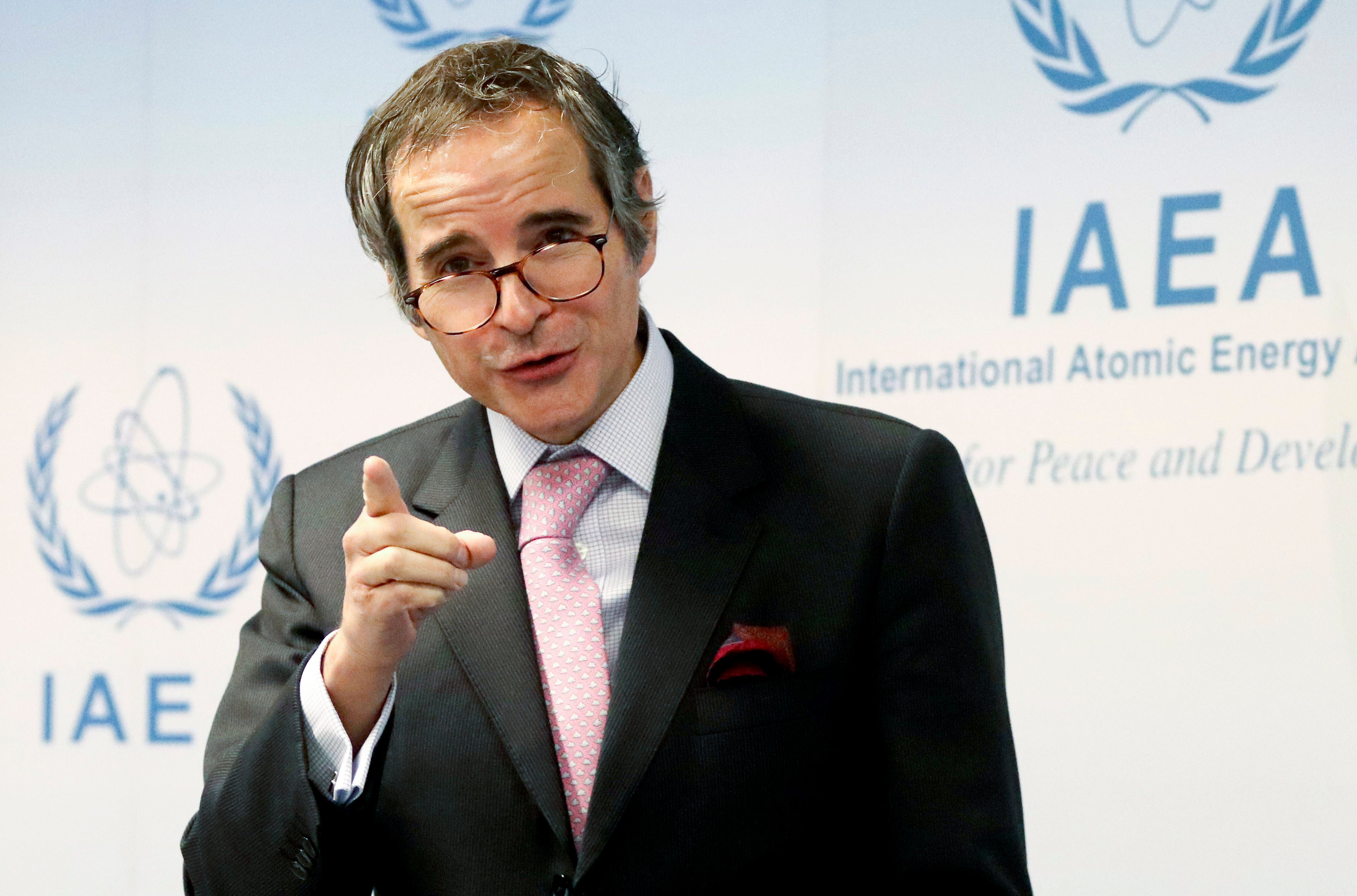UN atomic watchdog confirms details of new Iran centrifuges
The United Nations’ nuclear watchdog says it has confirmed that Iran has begun operating a cascade of advanced centrifuges at an underground site

Your support helps us to tell the story
From reproductive rights to climate change to Big Tech, The Independent is on the ground when the story is developing. Whether it's investigating the financials of Elon Musk's pro-Trump PAC or producing our latest documentary, 'The A Word', which shines a light on the American women fighting for reproductive rights, we know how important it is to parse out the facts from the messaging.
At such a critical moment in US history, we need reporters on the ground. Your donation allows us to keep sending journalists to speak to both sides of the story.
The Independent is trusted by Americans across the entire political spectrum. And unlike many other quality news outlets, we choose not to lock Americans out of our reporting and analysis with paywalls. We believe quality journalism should be available to everyone, paid for by those who can afford it.
Your support makes all the difference.The United Nations' nuclear watchdog said Wednesday it has confirmed that Iran has begun operating a cascade of advanced centrifuges at an underground site.
International Atomic Energy Agency Director General Rafael Grossi told member delegations on Monday that Iran has “begun feeding a newly installed cascade of 174 IR-4 centrifuges" to enrich uranium hexafluoride gas up to 5% U-235 uranium, the Vienna-based organization said.
The use of the advanced centrifuges in the Natanz facility is another violation of the nuclear deal Iran signed with world powers in 2015, which allows it only to enrich with first-generation IR-1 centrifuges.
The deal was meant to prevent Iran from building a nuclear weapon, which the country insists it does not intend to do. Tehran has said its nuclear program is only for peaceful purposes.
In his report to member nations, Grossi said an additional cascade of IR4 centrifuges has been installed in the Pilot Fuel Enrichment Plant near Natanz. Tehran also has indicated it plans to install a second cascade in the Natanz facility, although installation has yet to begin, Grossi said.
After an explosion at the Natanz nuclear site in July which Iran said resulted from sabotage, Tehran said it would build a more secure, structure in the mountains around the area and has been moving its centrifuges below ground.
Grossi confirmed in November that Iran had began enriching with IR-2m type centrifuges at the Natanz site. Iran announced last month that it had installed two cascades of IR-4 centrifuges, but it did not say where.
Since the United States unilaterally withdrew in 2018 from the nuclear deal, Iran has steadily violated the restrictions set out in the agreement to put pressure on the remaining signatories - China, Russia, Germany, France and Britain — to provide economic incentives to offset new U.S. sanctions.
As part of the ongoing violations, Iran last month began restricting IAEA inspections of its nuclear facilities. Under a last-minute deal worked out during a trip by Grossi to Tehran, some access was preserved.
President Joe Biden has indicated that the U.S. is interested in rejoining the accord, known as the Joint Comprehensive Plan of Action, or JCPOA, but the Iranian breaches of the deal complicate the matter. Tehran has insisted that American sanctions be dropped before it rolls back its violations.
_____
Isabel DeBre in Dubai contributed to this report.